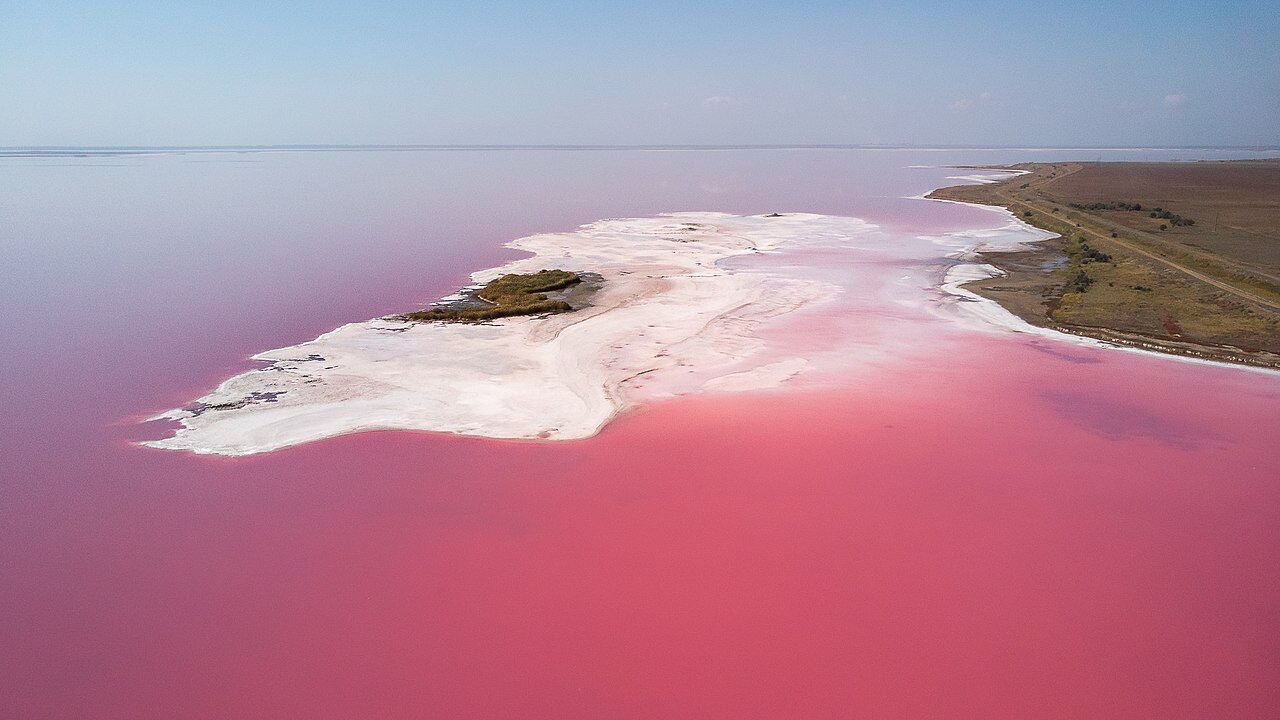News
Are little green men a fiction? Scientists have suggested that alien life is actually purple
When exploring space for potentially habitable worlds, scientists were looking for green, because it is the color of life on Earth. But later they assumed that on distant planets it might have other shades.
For example, purple, according to scientists who began studying microorganisms of this color. The results of their research were published in the Monthly Notices of the Royal Astronomical Society.
Purple and magenta bacteria are found in some of the most extreme environments on our planet. The researchers collected and grew samples of the bacteria and measured the wavelength of light they reflect.
The idea is to add possible signs of life to a database that future astronomers can look for on other worlds.
"There is such a variant of life. We shouldn't disregard it just because it's not green," says study co-author Lisa Kaltenegger, an astronomer at Cornell University and author of a new book on alien worlds.
Why purple?
Long before we had the plants that color our world green, the Earth was a difficult place to live. This was due to a lack of oxygen and extreme temperatures.
But in these harsh conditions, purple bacteria can develop.
Instead of using chlorophyll, which most plants use for photosynthesis, purple bacteria need bacteriochlorophyll and carotenoids, which allows them to perform photosynthesis in low light and low oxygen conditions.
In a 2018 study, scientists concluded that purple archaea - another type of microorganism that uses a molecule called retinal for photosynthesis - may have dominated our planet before it was filled with oxygen.
The authors of the scientific article in the Monthly Notices of the Royal Astronomical Society added spectral data from 20 species of purple bacteria collected in lakes and swamps. The researchers measured the wavelengths of light reflected by the bacteria and modeled how these patterns might look on a distant planet.
The result is a collection of light signatures that the team adds to the database. This data is publicly available, and scientists can use these signatures for their own projects.
Color as a signal from other planets
Astronomers search for life on other planets using markers called biosignatures. The color of a planet's surface can be one of these biosignatures. To see this, astronomers use a technique called reflected light spectroscopy.
"But this type of observation is not possible with the telescopes we have today," says Edward Schwieterman, an astronomer at the University of California, Riverside.
For example, the James Webb Space Telescope can only detect biosignatures in the exoplanet's atmosphere. For example, to see if it contains oxygen, methane, and other gases. It is not able to measure light reflected from the planet's surface.
Researchers hope that projects such as the Chilean Very Large Telescope and NASA's Habitable World Observatory can do this. They aim to obtain images of these measurements at the surface level. It is planned that the observatories will be operational by the end of 2030.
Extraterrestrial biodiversity
Understanding purple life on Earth also expands our understanding of life elsewhere.
Many habitable rocky planets orbit stars known as red suns - dimmer versions of the yellow sun in our solar system. Purple organisms are able to utilize the low-energy rays emitted by these red suns, the most common type of star, according to scientists.
"All the amazing biodiversity we have, we need to study it to give us the tools to search for life on other planets. Biodiversity is essential in astronomy," the scientists say.
Subscribe to OBOZ.UA's Telegram and Viber channels to keep up with the latest developments.




























